Sterilising soil
Martin
5 years ago
Featured Answer
Sort by:Oldest
Comments (11)
gardengal48 (PNW Z8/9)
5 years agorhizo_1 (North AL) zone 7
5 years agoRelated Discussions
How to grow Adeniums from seed?
Comments (24)I do much the same as Ladylotus mentions and I find that starting them in the spring is more effective. When I have started in the fall/winter months I used to put under a grow light to keep them growing throughout the winter. The seedlings need to be kept growing and not go dormant. I found that the ones started in Feb/Mar where at the same size by summer as those started in the fall. Did not seem worth the cost of extra heat and lighting. The big thing with these plants especially once transplanted in your climate and mine is to have them in a gritty mix. With this gritty mix, it will make the probability of cold/wet conditions around root zone less. When watering, do not water in evening or when you know there is going to be a temperature drop. I hope some of this is helpful. It is what has worked for me to date. Always, a learning curve. Rick...See MoreRe rooting
Comments (4)Hi Nancy, I can tell you my experience with SMB - it was my first and hopefully last pest experience ;-) - I wish... I got plants from well-known grower and only after some time I realised that with them they sent me SMB also... First I was horrified since most sources wrote that the only or the only secure treatment is to toss plants away. And there were some which I did not want to loose. I was lucky, plants were still in quarantine and separated wicks so I was pretty sure it couldn't spread into whole collection. So I took courage and tried few ways of treatment - on one half of them I used Imidacloprid. All remaining I just decapitated, put crown down(I was very careful to cut it quite high so only top crown was put down to re-root and washed bottom part of crown in Imidacloprid also without any harm on plants and separated treated plants again). After some time(approx. 3 months) I could be sure that ALL plants responded great and they were SMB free. So it is clear to me that warnings about tossing plants with SMB are not correct. It is great solution - the most comfortable and fastest. Still - if one wants to save favorite plant than carefully re-rooting crown or Imidacloprid - both works great. Naturally quarantine is important part of treatment to stay safe. I put DE into both groups of treated plants. I am not sure if it really works - there is that endless discussion about DE working only dry, what is impossible to keep with plants. Than there is another group which says it is great stuff and since it works with animals where it is constantly wet than it should work in plants also. Hard to say - I used it since it was one more chance to cure plants. All together worked greatly - so for me it was great argument to feel that yes, Imidacloprid and crown rooting and DE work. Which of them is the best - hard to say. Alena...See MoreSucculent grower in the tropics needs help with gritty mix
Comments (13)Sorry, BP. I get a lot of mail from GW, and the first thing I usually look at is whether or not you have your home page settings configured so I can reply to you. I didn't notice you'd included your email addy in the body of the message so I deleted the message. I just found it after reading your post. Please forgive? The most important advice I can give you is, the concept behind the soils many of us use is more important than the actual recipe. Distilled, the concept is based on the fact that water held inside of soil particles is not something we would consider as having much potential for limiting root function, and by extension, the well-being of your plants. Water held between particles, is a major contributor to root issues, with the severity of the issues usually linked closely to how much water is held between particles and how long it is held. By increasing particle size and promoting uniformity in particle size, we can eliminate almost all inter-particulate water AND control the volume of intra-particulate water by choosing what material the particles are made of. This concept continues to have a major influence on the ability of growers who understand it and use it as a tool, to consistently bring along healthy plant material. If you have questions or want to understand how it all goes together, there is an ongoing discussion here. Easy (inexpensive and sourced near): - sand, garden soil - granite or small river stones/ quartzite - scoria or red lava rock (i can't find pumice) - coconut husks (shell/ coir) - rice husks/ hulls (some nurseries here grow their coleus in pure husks and i must say theirs look better than mine!) More expensive and harder to acquire: - perlite (though i find it pricey here so i only got one bag and i'm not planning to use it for long term) - "orchid bark", pine bark And... i cannot find turface here. This one stumps me. What can i substitute for it? DE is a no go too. Based on the material above, can you recommend and acceptable mix? When you're building a mix with the idea you want water inside of particles instead of between them, obviously, you'll need some ingredients that can absorb and hold water, and the size of the particles as well as the range in size is also in play. You need particles large enough that the spaces between the particles (macropores) will be largely empty of water. It also does you little good if you carefully screen one or more ingredients, then add sand of topsoil to the screened ingredients. You end up pretty much with a soil that has the drainage and aeration characteristics of a soil comprised of only the fine ingredients, unless the volume of fine ingredients is closely controlled. Let me know if you have questions about what I said so far, please; and tell me about dry/wet seasons and what you think would be an acceptable interval between waterings. Sometimes, practices that offer the best opportunities for plants aren't within what the grower seems reasonable, so compromises need to be made. It's better to work within those parameters from the outset. Al...See MoreSwainsona from seed
Comments (2)Hi Ya, If forced to I've got a heated unit and my patio rarely frosts. Although space is always a premium in winter as I do most of my cuttings in late autumn and winter. I've got the materials to build a bigger unit I just need to find the time somewhere! I just read on the web that mature plants will survive in Canberra but the tops do get crisped by the frost and the whole plant should be cut back to the stump in spring after the forst to promote new growth. I guess I'll have to keep them sheltered until they harden off and plant them out in the spring. But at least they will survive the cold. ciao Karl...See MoreMartin
5 years agogardengal48 (PNW Z8/9)
5 years agoMartin
5 years agogardengal48 (PNW Z8/9)
5 years agoMartin
5 years agotoxcrusadr
5 years agoMartin
5 years agoannpat
5 years agogardengems
5 years agolast modified: 5 years ago
Related Stories

CONTAINER GARDENSContainer Gardening Basics: The Dirt on Soil
Learn the types of potting soil available and the best mixes to help your containers thrive
Full Story
EDIBLE GARDENSNatural Ways to Get Rid of Weeds in Your Garden
Use these techniques to help prevent the spread of weeds and to learn about your soil
Full Story
GARDENING GUIDESThe Art of Green Mulch
You can design a natural garden that doesn’t rely on covering your soil with wood and bark mulch
Full Story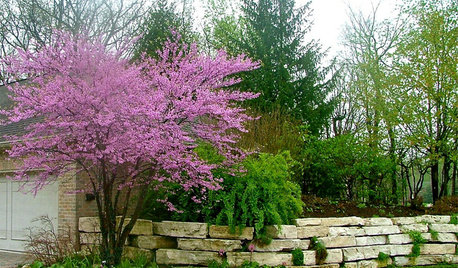
GARDENING GUIDES10 Top Mid-Atlantic Native Plants
Enjoy a four-season garden in the mid-Atlantic region with plants that will stand up to weather shifts, clay soil and the occasional deer
Full Story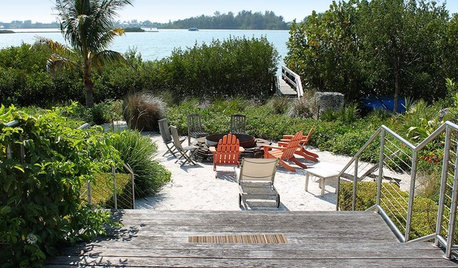
LANDSCAPE DESIGNErosion Control for Your Seaside Garden
Learn how to protect the soil and plants on your shoreline for a beach landscape that lasts
Full Story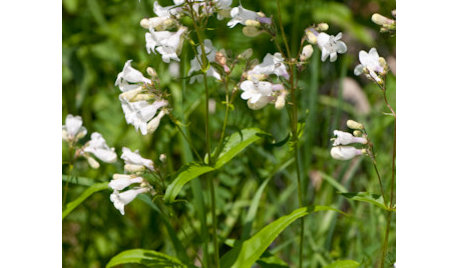
GARDENING GUIDESGreat Design Plant: Try Penstemon Digitalis for Showy White Blooms
Bees gather nectar from this North American native while you’ll appreciate its unthirsty nature and soil tolerance
Full Story
GARDENING GUIDESNew Ways to Think About All That Mulch in the Garden
Before you go making a mountain out of a mulch hill, learn the facts about what your plants and soil really want
Full Story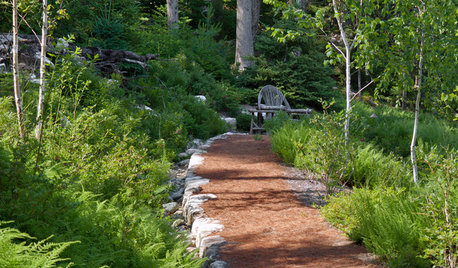
GARDENING GUIDES5 Things to Know About Weeding and Mulching Your Native Garden
What’s the best time to pull weeds? How thick should the mulch be? Here’s the scoop for a healthy landscape
Full Story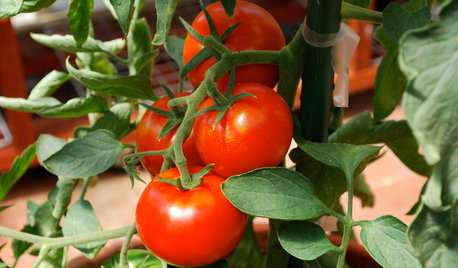
GARDENING 101How to Grow Tomatoes in Pots
Don’t have much space for a garden? All you need is a sunny spot and a large container to grow this favorite summer crop
Full Story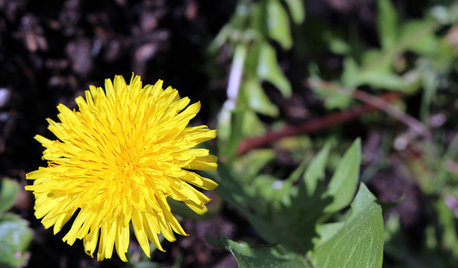
GARDENING GUIDESWhy Your Garden Might Be Full of Weeds
Tired of battling unwanted plants? These surprising reasons for weediness point the way to cures
Full Story




toxcrusadr